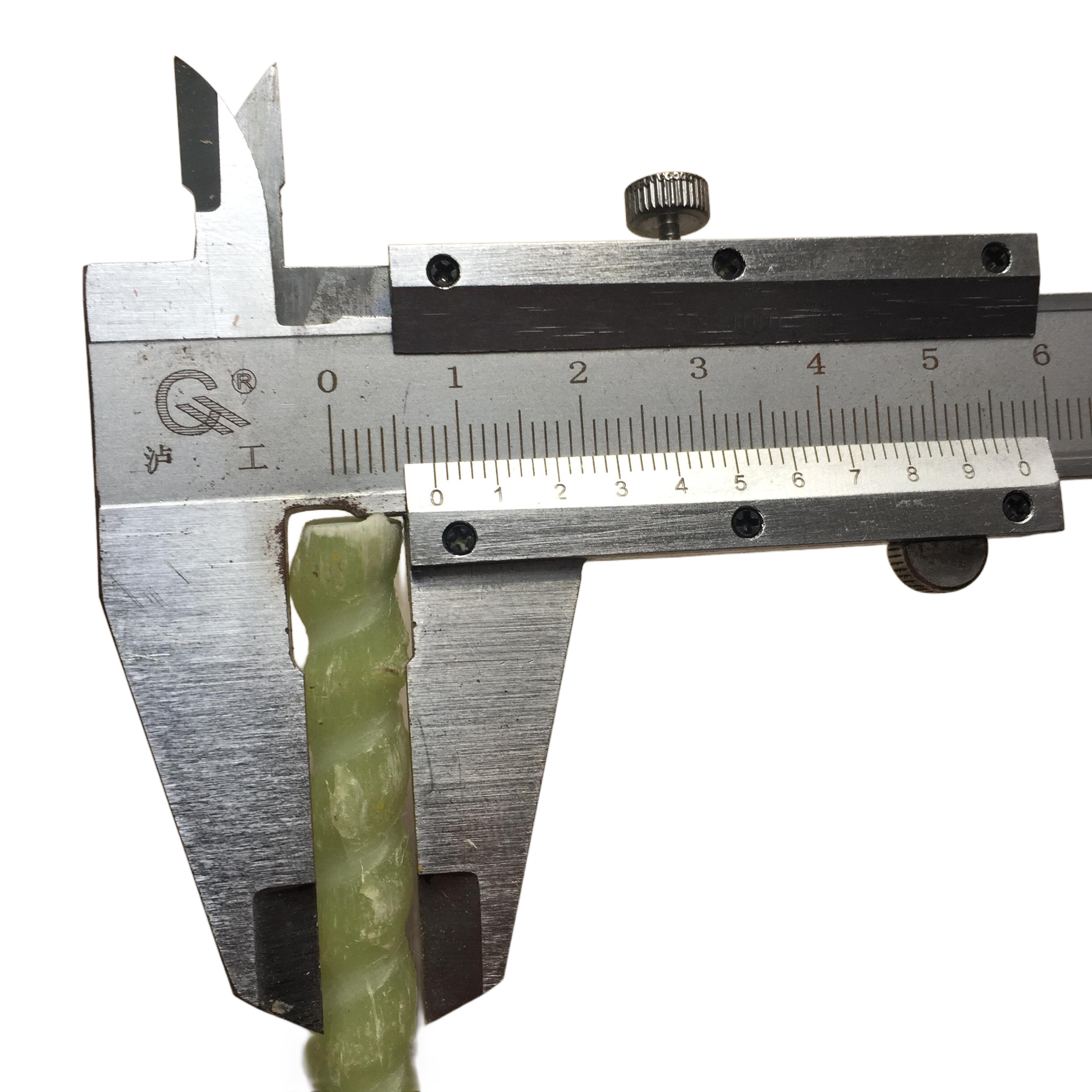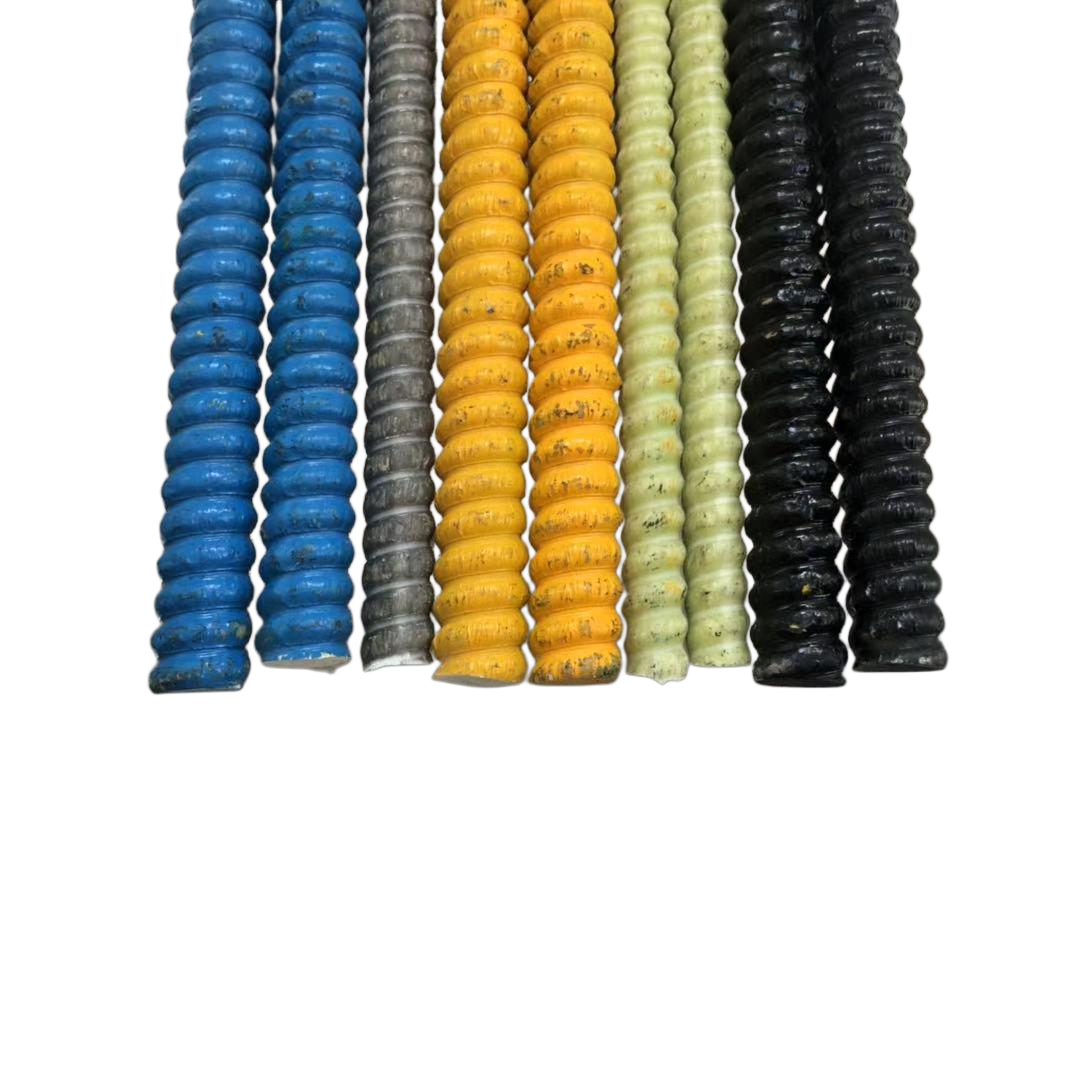Introduction
In the pursuit of sustainable building practices, energy efficiency has become a paramount concern for architects, engineers, and builders alike. The integration of advanced materials plays a crucial role in enhancing the thermal performance of structures. Among these materials, the GFRP Insulation Connector has emerged as a revolutionary component in reducing thermal bridging and improving overall energy efficiency in buildings.
Understanding Thermal Bridging
Thermal bridging occurs when a conductive material creates a pathway for heat flow across a thermal barrier, leading to energy loss and reduced insulation effectiveness. Traditional building connectors made of steel or aluminum are common culprits of thermal bridging due to their high thermal conductivity. This not only increases energy costs but also contributes to condensation and potential structural issues over time.
Impact on Building Energy Consumption
Studies have shown that thermal bridging can account for up to 30% of a building's total heat loss. This significant energy inefficiency underscores the need for materials and construction techniques that minimize thermal bridges. Addressing this issue is essential for meeting stringent energy codes and achieving sustainability certifications such as LEED and BREEAM.
What is GFRP Insulation Connector?
Glass Fiber Reinforced Polymer (GFRP) Insulation Connectors are composite materials made from a matrix of polymer reinforced with glass fibers. These connectors serve as a non-conductive alternative to metal connectors in building envelopes. The intrinsic properties of GFRP, including low thermal conductivity and high strength-to-weight ratio, make it an ideal material for preventing thermal bridging.
Material Composition and Properties
The GFRP Insulation Connector typically consists of thermosetting resins like epoxy or polyester reinforced with glass fibers. This composition results in a connector that exhibits excellent mechanical properties, corrosion resistance, and minimal thermal conductivity compared to traditional metal connectors.
Benefits of GFRP Insulation Connectors
Implementing GFRP Insulation Connectors offers multiple benefits that contribute to the energy efficiency and longevity of buildings.
Reduction of Thermal Bridging
Due to their low thermal conductivity, GFRP connectors significantly reduce heat transfer between the interior and exterior of buildings. This reduction in thermal bridging minimizes energy loss, leading to lower heating and cooling costs.
Enhanced Structural Performance
Despite being lightweight, GFRP connectors provide high tensile strength and durability. They effectively support structural loads while maintaining the integrity of insulation layers, ensuring that the building envelope performs optimally.
Corrosion Resistance
GFRP materials are inherently resistant to corrosion caused by environmental factors such as moisture, chemicals, and salt. This characteristic extends the lifespan of connectors and reduces maintenance costs associated with metal corrosion.
Ease of Installation
The lightweight nature of GFRP connectors simplifies handling and installation. Contractors can install these connectors more efficiently, improving construction timelines and reducing labor costs.
Applications in Building Construction
GFRP Insulation Connectors are versatile and can be integrated into various aspects of building construction to enhance energy efficiency.
Facade Systems
In curtain wall systems and cladding installations, GFRP connectors serve as thermal breaks between the supporting structure and the exterior facade. This application minimizes thermal bridging and maintains the aesthetic appeal of the building design.
Roofing and Flooring Connections
For composite roofing and insulated floor slabs, GFRP connectors provide a non-conductive connection that preserves the thermal barrier. This is particularly beneficial in multi-story buildings where energy efficiency across floors is critical.
Balconies and External Features
Balconies attached to the main structure can become significant thermal bridges. Utilizing GFRP Insulation Connectors in these areas reduces heat flow and prevents cold spots that could lead to condensation and mold growth.
Case Studies Highlighting Energy Savings
Several projects have demonstrated the effectiveness of GFRP Insulation Connectors in real-world applications.
Residential Complex in Germany
A residential development incorporated GFRP connectors to join precast concrete panels. The project reported a 25% reduction in energy consumption for heating compared to similar buildings using traditional steel connectors.
Commercial Office Building in Canada
By integrating GFRP Insulation Connectors in the building envelope, the office complex achieved LEED Platinum certification. The connectors contributed to superior thermal performance, resulting in significant energy cost savings and enhanced occupant comfort.
Standards and Compliance
Adherence to international building standards is essential when incorporating new materials into construction projects.
Building Codes Acceptance
GFRP Insulation Connectors meet or exceed the requirements set by various building codes and standards, including ASTM and Eurocode specifications. Their use is supported by extensive testing and validation in structural applications.
Fire Safety Considerations
While GFRP materials are combustible, proper design and installation ensure compliance with fire safety regulations. Fire-retardant additives and protective cladding can enhance the fire performance of GFRP connectors.
Economic Analysis
Investing in GFRP Insulation Connectors can lead to long-term economic benefits despite higher initial costs compared to traditional connectors.
Lifecycle Cost Savings
The reduced energy consumption results in lower utility bills for building owners and occupants. Additionally, the durability and low maintenance requirements of GFRP connectors contribute to decreased operational costs over the building's lifespan.
Return on Investment
An analysis of energy savings versus initial expenditure indicates that the payback period for GFRP connectors can be realized within a few years. Beyond this period, the continued savings directly enhance the profitability of the building investment.
Environmental Impact
The use of GFRP Insulation Connectors aligns with global efforts to reduce carbon emissions and promote sustainable construction practices.
Reduction of Carbon Footprint
By enhancing energy efficiency, buildings utilizing GFRP connectors contribute to lower greenhouse gas emissions. The reduction in heating and cooling demands lessens the environmental impact associated with energy production.
Sustainable Material Properties
GFRP materials can be manufactured with resins derived from bio-based sources, further enhancing their environmental credentials. Additionally, the longevity of GFRP connectors reduces the need for replacement, minimizing waste over time.
Advancements in GFRP Technology
Ongoing research and development are expanding the capabilities and applications of GFRP materials in construction.
Nanotechnology Enhancements
Incorporating nanoparticles into GFRP composites improves mechanical properties and fire resistance. These enhancements open up new possibilities for GFRP use in more demanding structural applications.
Smart Material Integration
The development of smart GFRP materials with embedded sensors allows for real-time monitoring of structural integrity and environmental conditions. This innovation promotes proactive maintenance and increases building safety.
Challenges and Considerations
Despite the benefits, there are challenges associated with the adoption of GFRP connectors that must be addressed.
Initial Cost and Market Acceptance
The higher upfront cost compared to traditional materials can be a barrier. Educating stakeholders on the long-term benefits and cost savings is essential to increase market acceptance.
Design and Engineering Expertise
Effective implementation requires specialized knowledge in designing with GFRP materials. Training and resources must be made available to engineers and architects to fully leverage the advantages of GFRP connectors.
Future Outlook
The trajectory of GFRP Insulation Connector usage is poised for growth as sustainability and energy efficiency become increasingly prioritized in the construction industry.
Global Adoption Trends
Countries with stringent energy codes are leading the adoption of GFRP connectors. Increased governmental incentives and regulations favoring energy-efficient construction will drive broader global use.
Integration with Building Information Modeling (BIM)
BIM technology facilitates the integration of GFRP components into building designs, allowing for precise energy modeling and optimization. This integration enhances project planning and execution efficiency.
Conclusion
The GFRP Insulation Connector represents a significant advancement in building technology aimed at reducing energy consumption and promoting sustainable practices. By mitigating thermal bridging, enhancing structural performance, and offering economic and environmental benefits, GFRP connectors are an essential component in the modern construction landscape. As the industry evolves, continued innovation and education will be key to overcoming challenges and maximizing the potential of this innovative material.




























